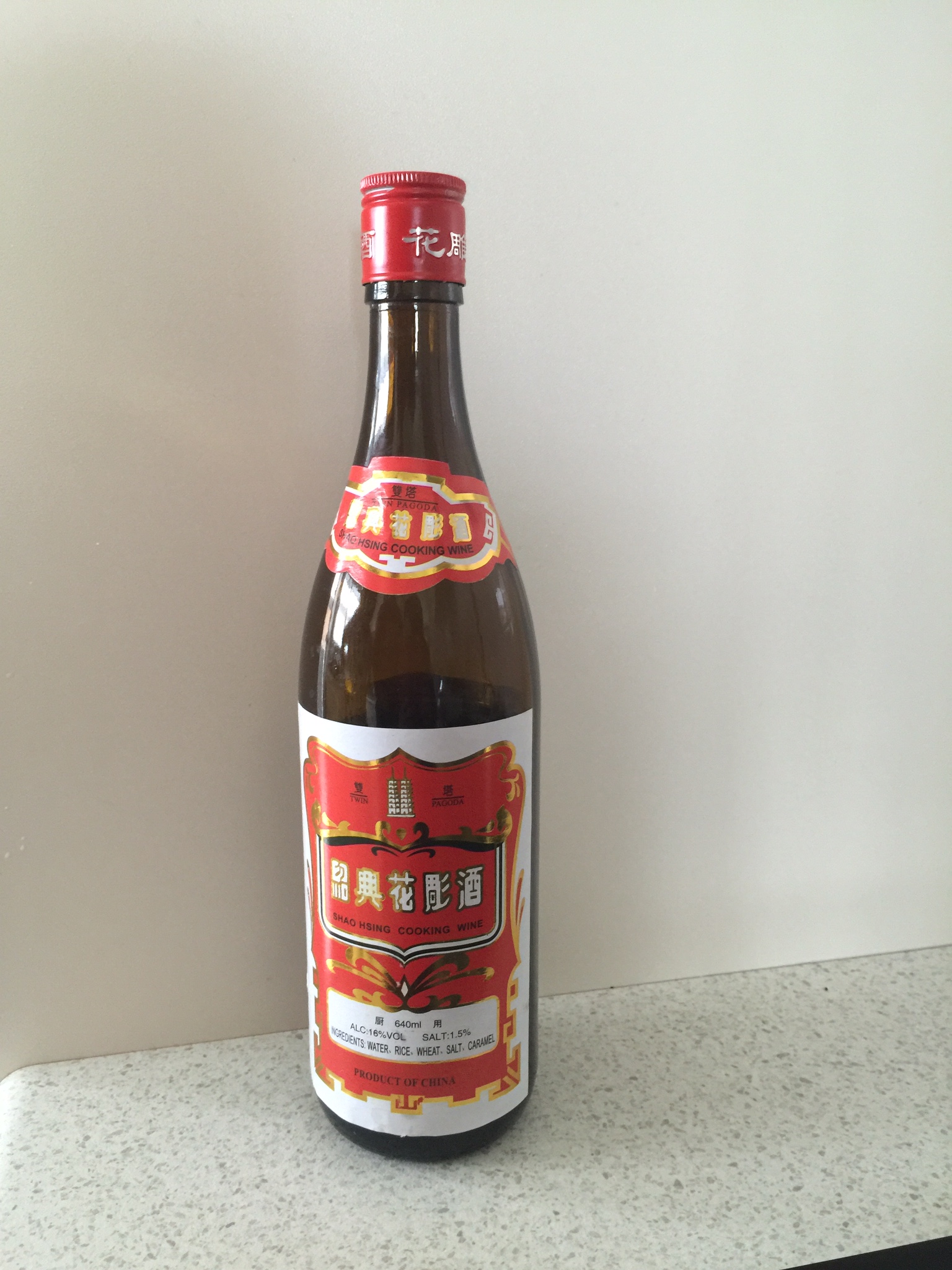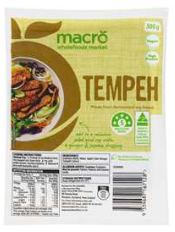In your culture are there special foods for new mothers? Ginger vinegar pork hock, is a much loved post pregnancy stew in the confinement or the postpartum period.This stew is consumed in the early post-partum period and ginger is used in most Chinese postpartum recipes to dispel “wind” and shrink the uterus. Anything to get the mum back in shape is good! A team of Hong Kong researchers found that this stew or soup is particularly rich in iron compared to other soups, and is high in calcium too (Chan et al, 2000). But some methods require days of preparation. Read on for an easier method.
What is the traditional method?
The traditional Guangdong (Canton in southern China) method of cooking involves boiling about 6.5 kg of ginger in 3 kg of sweet vinegar in a clay pot for about 3 hours, then reheating every 3-7 days and topping up the vinegar. This is done about 1 month before the baby is due. After baby arrives, the vinegar mixture is added to another pot containing one pig trotter and eggs, and boiled for an hour or so for each meal. The base is used over and over again with vinegar used over many meals.
Most women do not prepare this for themselves and rely on their mothers and mothers-in-law, so some of the method and skills and knowledge of Chinese confinement practices and of preparing this special stew are forgotten.
Are there variations?
There are numerous variations. Some call for 2 types of ginger, old and young, and various types of black vinegar.
What’re the benefits?
It’s very nutritious! The sweet vinegar that provides an acidic environment that favours the absorption of iron, and researchers think that the process of repeated heating and boiling facilitates the release of the nutrients (minerals and collagen) into the vinegar.
Ginger is traditionally used in almost all postpartum recipes to shrink the uterus, and help the mother get back in shape quickly! It also dispels wind. What’s there not to like about ginger?
Is there a simpler method?
Sure! At first I used a recipe which took me all day. But I road tested a simpler method which takes about 3 hours. this may seem long, but the slow cooked meat is delicious and nourishing.
What are the ingredients?
Ingredients for vinegar/ginger base – makes enough for 2 meals for 4 people
- Old ginger – about 1 kg
- Black vinegar – 1 bottle 600 ml. You will find this in most Chinese provision stores. Do not use balsamic vinegar which gives an entirely different taste.
- Sesame oil (or substitute coconut oil)
- Half cup brown sugar (optional)
Ingredients for stew itself – per meal
- 1 pork hock (about 1 kg) Ask the butcher to chop into 2-3 pieces.
- pork ribs (0.5 kg) (optional)
- 4-6 eggs
- Chinese rice wine or half cup Stone’s ginger wine (optional)
To make the vinegar/ginger base –
- Wash and roughly chop the ginger into 2 cm pieces, bruise larger pieces with the back of a knife.
- Fry the ginger in about 4 tablespoons of sesame oil in a wok or heavy saucepan, over medium heat, for a few minutes until the ginger smells fragrant. I used a medium sized heavy casserole dish with a cover.
- Add the black vinegar and boil, then lower the heat and simmer for an hour or so.
- You may wish to add some brown sugar at this stage, it does make the stew tastier, but if you need to watch the calories, please omit.
- Set aside for a day.
To make the meal –
- The next day, in a large pot, blanch the pork pieces – this means cooking for about 5-10 minutes in boiling water. Doing this removes any smell from the pork and frothy impurities that muddy the stew. Discard water.
- Bring to boil about half of the ginger/vinegar base, when boiling, add the pork hock and simmer for about an hour. Then add the pork ribs and simmer for about another 30 minutes or so.
- Meanwhile, separately boil the eggs (for about 5-7 minutes after water boils). Remove from saucepan and run under cold water so shell is easily removed. Remove shell and add eggs to stew about 15 minutes before meal or when pork ribs about half done.
- When adding eggs also add Chinese rice wine/Stone’s ginger wine. This is optional, but adds so much flavor. The alcohol evaporates making it safe for breastfeeding mothers.
- Adjust taste, adding a little salt, or thick black soy sauce.
Eat warm with boiled rice and stir fried green vegetables. Ginger lovers will find the pieces yummy!


Notes
- Do not thicken the stew or reduce it to a sauce. It is meant to be halfway between a stew and a soup, and the liquid is delicious, even my British son-in-law said so!
- Do use a clay or ceramic pot if you have one. If using a slow cooker, please adjust cooking time.
- The base will keep in the refrigerator for at least a week. If kept at room temperature, I suggest you boil it up every 2 days, just like the days of old.
- If the mum is happy to eat this often, it may be served as a regular meal or as a snack.
- Pork trotters/knuckles/hocks can be interchangeably used.
- I added pork ribs because some pork hocks are very fatty with little meat. To reduce fat intake, you may wish to discard the pork skin after cooking.
- If in a hurry, you need not set aside the vinegar base for a day.
- If pork does not appeal at all, use a small chicken per meal.
Where do you buy the ingredients?
Most large supermarkets now have an Asian section, and you’d be able to buy the vinegar and Chinese wine there. Pork hocks may be difficult to source from supermarkets but easily bought from butchers. If there’s a Chinatown in your city, that’d be your best bet.
Are there any side effects?
No known side effects. Millions of women over centuries have eaten this.












10 comments
Sounds like a good recipe. If you leave the whole pot in the fridge overnight, not only will the flavour be enhanced but the oil can be taken out easily when it is hardened.
Thanks for that tip!
Most interesting Poh-Ling and congratulations. Will pass this onto Zel for future reference but she may already know of it.
I’m impressed! You cooked that for Faith? i shall try the recipe – take note though … no pregnant women around here!
I didn’t try this dish but I saw it cooking, it smelled delicious
[…] friend read a previous blog on pork hocks, and asked for a recipe “fit for a Jewish princess”, so here it is! Chicken with […]
Sounds amazing Poh-Ling!! Faithy was telling me how supportive you were post birth and about this delicious recipe…so I asked her to send me your blog. You’ve inspired me to make this after birth of our next child! Lovely seeing you this week, you’re a wonderful Grandma and Felix is a very lucky little boy ??? xx
Thank you Peggy. You’re a great mum and Laurie is doing well! I’ll send you more recipes for your next postpartum experience. There’s quite a lot of wisdom in traditional foods, but we do need to adapt to modern circumstances and that’s what I’m trying to do in this blog.
What is the clay pot called? I need to find one online.
Hi Mary, they are called clay pots as far as I know. Use in many cultures, you’d be able to find them in large Indian or Chinese foodstores. Probably not available online. But hey, use a heavy enamel pot as a substitute. You get pretty much the same result, it’s the slow cooking that does the trick. Perhaps the aroma is enhanced with a clay pot, but there’s really no need to go out and buy one.
Happy cooking, take it slow, let it bubble away and let me know whether you enjoy the results.